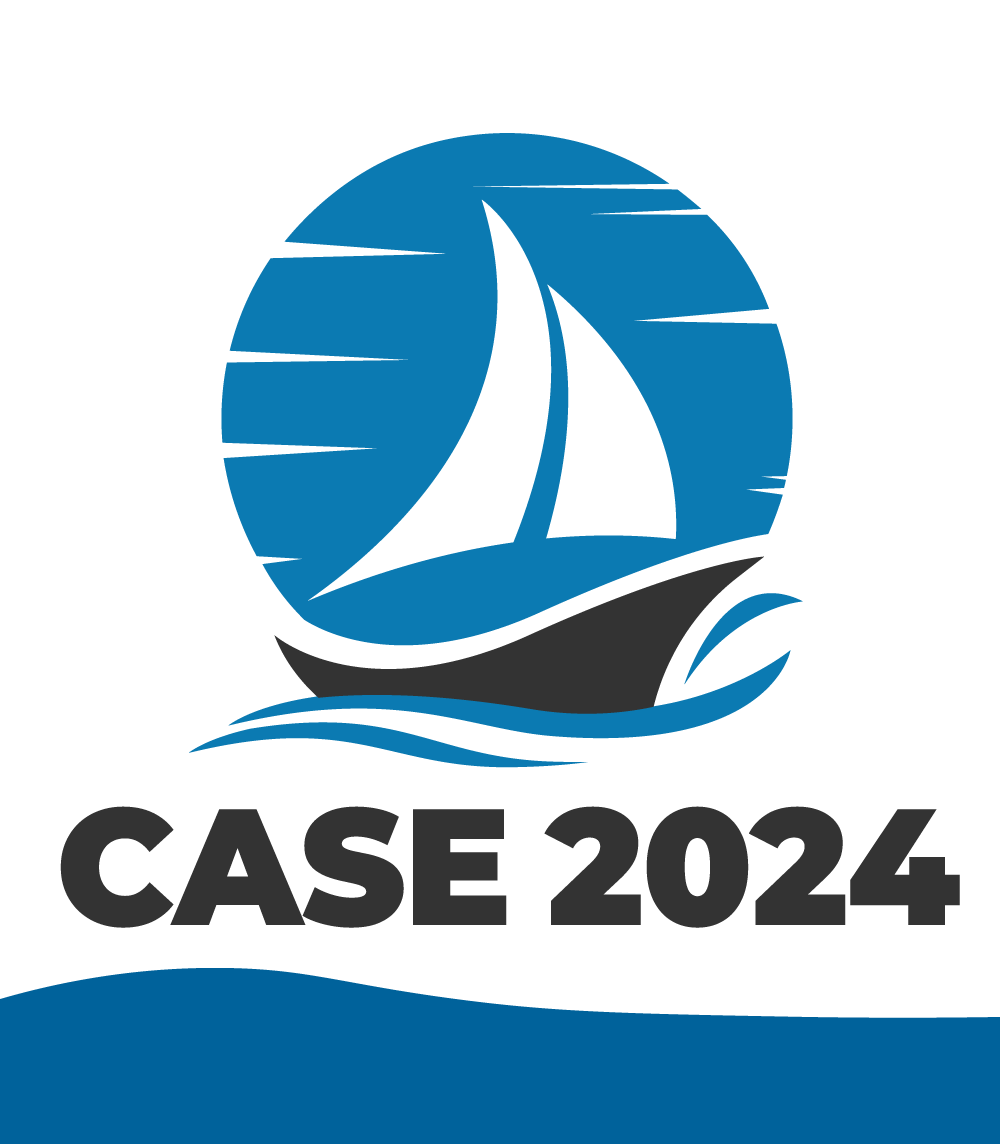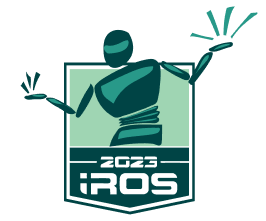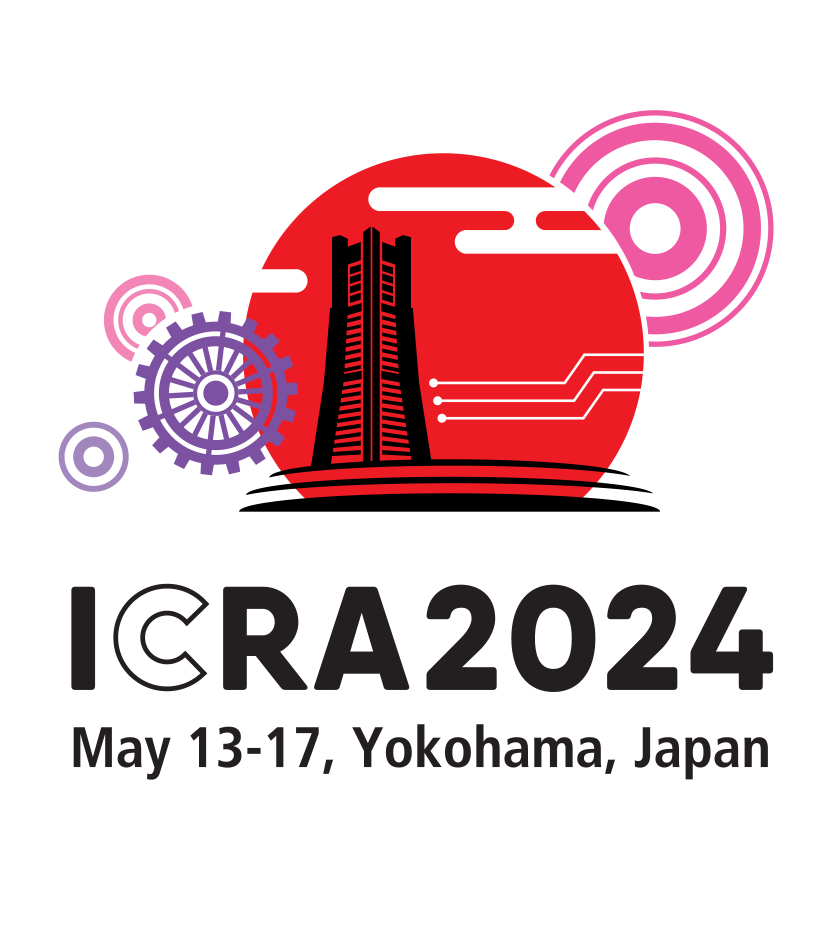Information for IROS Reviewers
- IROS 2023 Time Line for Reviewers
- Overview of Review Process and Reviewer Responsibilities
- Conflict of Interests
- Scoring Guidelines
IROS 2023 Time Line for Reviewers
| 1 March 2023 | Submission deadline |
| 5 March 2023 | Video submission deadline |
| 20 March 2023 | Deadline for AEs to assign papers to reviewers |
| 20 April 2023 | Deadline for reviewers to submit reviews |
Overview of Review Process and Reviewer Responsibilities
The 2023 IROS Conference Paper Review Board (ICPRB) consists of one Editor-in-Chief (EiC), 27 Senior Editors (SE's), roughly 400 Associate Editors (AE's), and several hundred Reviewers. Each paper to be reviewed will be assigned to one Editor and to one of the AEs that that Editor supervises. The AE will be responsible for obtaining a minimum of two high quality reviews for each paper they handle, and for preparing an AE recommendation that explains the recommended decision regarding the paper acceptance and presentation type. The Editors will be responsible for reviewing and endorsing the work done by the AEs on the papers for which they are responsible. The task of the Reviewers is to provide high-quality assessments of each individual paper to them. These include statements about their own confidence, different criteria for the papers, a potential confidential statement to the ICPRB as well as a detailed review describing the contribution of paper and justifying the overall assessment.
This page focuses on issues for Reviewers.
Conflict of Interests
An ICPRB Editor, Associate Editor and a ICPRB Reviewer is deemed to have a conflict of interest in a submitted paper if
A. he or she is a (co-)author of the paper; or
B. one (or more) of the authors of the paper:
B.i. is, or has been, a student or advisor of that person, or
B.ii. has co-authored a paper or has closely collaborated in a research project with that person
in the previous five years, or
B.iii. is employed at the same institution (at the Department or Division level) as that person;
C. there are any other circumstances which may create an appearance that the person might have a bias in the evaluation of the paper.
Scoring Guidelines for Reviewers
| Score | Recommended Action | Interpretation |
| A / 5.0 | Definitely accept | Top 15% of accepted IROS papers, an excellent paper. I advocate and will fight for acceptance. |
| B+ / 4.5 | Accept | A great paper. I will strongly argue for acceptance. |
| B / 4.0 | High Borderline | I am leaning to accept. This paper should be accepted, although I would not be upset if it were rejected. |
| B- / 3.5 | Borderline | I am undecided, I would not be upset if it were accepted or rejected. |
| C / 3.0 | Low Borderline | I am leaning to reject. This paper should be rejected, although I would not be upset if it were accepted. |
| C- / 2.5 | Reject | The paper needs substantial improvements. I will strongly argue for rejection. |
| D / 2.0 | Definitely Reject | The paper is trivial or wrong or known. It is clearly below IROS conference quality, I assume no further discussion is needed. |
| U / 1.0 | Inappropriate | This does not fit the conference or its standards. |
The reviews will help to maintain the quality of IROS. Each review is required to meet the 1,200 non-white character threshold, which has the purpose to provide useful and constructive feedback to the authors. Please refrain from filling the space with meaningless or repeated text. The reviewers should respect the time invested by the authors. They should not accept to review unless they are willing to at provide a meaningful review.







